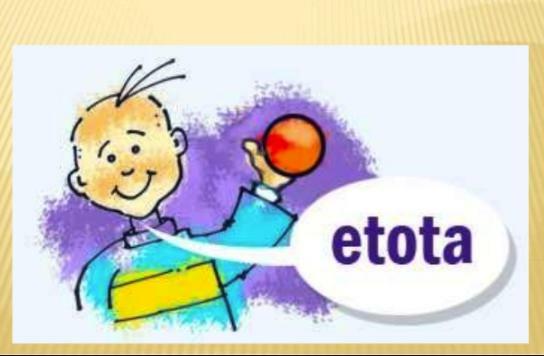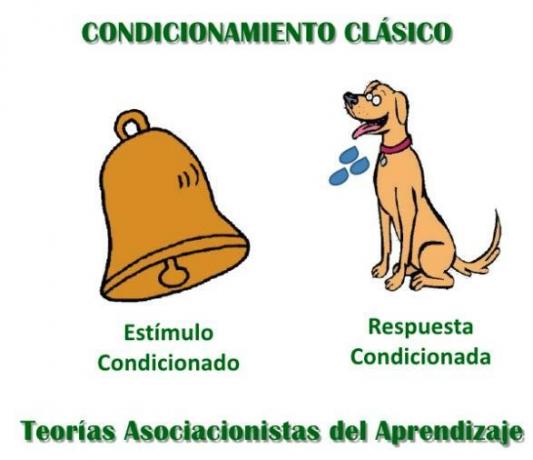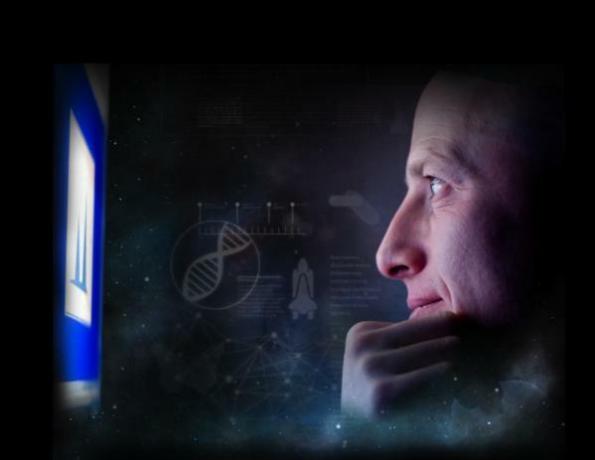
What is Dysphasia: one in a group of speech disorders in which there is impairment of the power of expression by the speech, writing, or signs, or impaired understanding power of spoken language or written. The most serious forms of dysphasia are called aphasia. What is itDislalia: Its main characteristic is the inability to use speech sounds that are developmentally appropriate for its age and the child's language. It may involve errors in the creation, use, representation or organization of sounds, such as the substitution of one sound for another or the omission of sounds.
Evolutionary dysphasia: Specific disorder of language development, both at the level of expression and comprehension, which occurs in children who have a normal intelligence and that they do not present any type of sensory, neurological, emotional or environmental deprivation alteration. Two types are distinguished: receptive developmental dysphasia expressive developmental dysphasia
Acquired childhood dysphasia: Loss of already acquired language due to a central nervous system injury. It should not be confused with selective mutism. Kolb and Whishaw (1986) say that between three and ten years of age, brain injuries can cause dysphasia, but recovery occurs with the time since the disorder will be similar to that of the adult, because the intact hemisphere becomes increasingly specialized and unable to adapt and reorganize.
Treatment of Dysphasia:
You may be referred to a speech and language therapist (speech therapist) for therapy if you have high dysphagia. Speech therapists use a variety of techniques that can resolve dysphasia, such as teaching swallowing exercises. Diet changes: You may be referred to a dietitian (nutritionist) for advice. advise on changes in your diet to ensure that you are eating a healthy diet and balanced. A speech therapist can give you a diet of softer, more fluid foods that you may find easier to swallow.
They can also try to make sure you get the support you need at meals. Swallowing tubes can be used to eat while you regain your ability to swallow. They may also be needed in severe cases of dysphagia that put you at risk for malnutrition and dehydration. There are two types of tubes: a nasogastric tube: a tube that passes through the nose and into the stomach. A percutaneous endoscopic gastrostomy (PEG) tube: a tube that is implanted directly into the stomach.
Dislalia. Difficulty articulating phonemes, syllables, or words. It can be due to organic (cleft lip, macroglossia, cleft palate, rhinolalia, hearing impairment) or functional alterations. The latter are the most frequent. In the child errors of:
- Substitution. Articulation error that involves replacing a correct consonant sound with an incorrect one. It can occur at the beginning, in the middle or at the end of the word.
- Omission. A sound can be omitted or completely disappear from a word. They can occur anywhere in the word.
- Insertion. A sound that does not correspond to a word can be inserted or added almost anywhere in the word.
- Distortion. It can be defined as distorted, approximate or undefined sounds, such as those that do not derive from a definite substitution, and whose incorrectness is due to mutilation.
Treatment of dyslalia
It is convenient to know that children with dyslalias need treatment with a specialist who will apply the appropriate treatment, with the help of games and a lot of family collaboration. And it is that dyslalia is a problem that does not disappear without the intervention of a specialist. The intervention of a speech therapist or a teacher in hearing and language, whose objective is that the child learns to articulate the sounds correctly, begins with an assessment of the child's articulatory level, and a program based on the following Steps:
- Carrying out exercises where the child must produce sound within syllables until the muscle pattern necessary for sound articulation is automated.
- Stimulation of the child's ability to produce sounds, reproducing movements and postures, experimenting with vowels and consonants. You will be taught to compare and differentiate sounds.
- Stimulation of the coordination of movements necessary for the pronunciation of sounds: lip and tongue exercises. The child is taught the correct positions of the most difficult sounds.
- At this point, the child will be ready to start with the whole words, through games.
- Once the child is able to pronounce difficult sounds, it will be tried to do it outside the sessions, that is, in his spontaneous language and not only in the therapeutic sessions.
Simple speech delay
Children with simple speech delay present: An intellectual level according to their chronological age, according to the developmental tests with which they are evaluated. No hearing or psychomotor deficits are confirmed. Their understanding of the language is usually in line with what is expected for their chronological age. They can express themselves correctly through gestures, through which they communicate with those around them, and also use them to get things they need and want.
This article is merely informative, in Psychology-Online we do not have the power to make a diagnosis or recommend a treatment. We invite you to go to a psychologist to treat your particular case.


